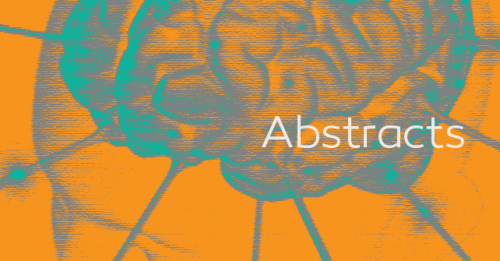Risk of rupture of unruptured cerebral aneurysms in elderly patients
- Tomohito Hishikawa, MD,
- Isao Date, MD,
- Koji Tokunaga, MD,
- Shinjiro Tominari, MD, MPH,
- Kazuhiko Nozaki, MD, PhD,
- Yoshiaki Shiokawa, MD, PhD,
- Kiyohiro Houkin, MD, PhD,
- Yuichi Murayama, MD,
- Toshihiro Ishibashi, MD,
- Hiroyuki Takao, MD,
- Toshikazu Kimura, MD,
- Takeo Nakayama, MD, PhD,
- Akio Morita, MD, PhD;
- For UCAS Japan and UCAS II Investigators
-
Published online before print October 28, 2015, doi: http://dx.doi.org/10.1212/WNL.0000000000002149Neurology November 24, 2015 vol. 85 no. 21 1879-1885
ABSTRACT
Objectives: The aim of this study was to identify risk factors for rupture of unruptured cerebral aneurysms (UCAs) in elderly Japanese patients aged 70 years or older.
Methods: The participants included all patients 70 years of age or older in 3 prospective studies in Japan (the Unruptured Cerebral Aneurysm Study of Japan [UCAS Japan], UCAS II, and the prospective study at the Jikei University School of Medicine). A total of 1,896 patients aged 70 years or older with 2,227 UCAs were investigated. The median and mean follow-up periods were 990 and 802.7 days, respectively.
Results: The mean aneurysm size was 6.2 ± 3.9 mm. Sixty-eight patients (3.6%) experienced subarachnoid hemorrhage during the follow-up period. Multivariable analysis per patient revealed that in patients aged 80 years or older (hazard ratio [HR], 2.02; 95% confidence interval [CI], 1.16–3.49, p = 0.012), aneurysms 7 mm or larger (HR, 3.08; 95% CI, 1.35–7.03, p = 0.007 for 7–9 mm; HR, 7.82; 95% CI, 3.60–16.98, p < 0.001 for 10–24 mm; and HR, 43.31; 95% CI, 12.55–149.42, p < 0.001 for ?25 mm) and internal carotid–posterior communicating artery aneurysms (HR, 2.45; 95% CI, 1.23–4.88, p = 0.011) were independent predictors for UCA rupture in elderly patients.
Conclusions: In our pooled analysis of prospective cohorts in Japan, patient age and aneurysm size and location were significant risk factors for UCA rupture in elderly patients.

